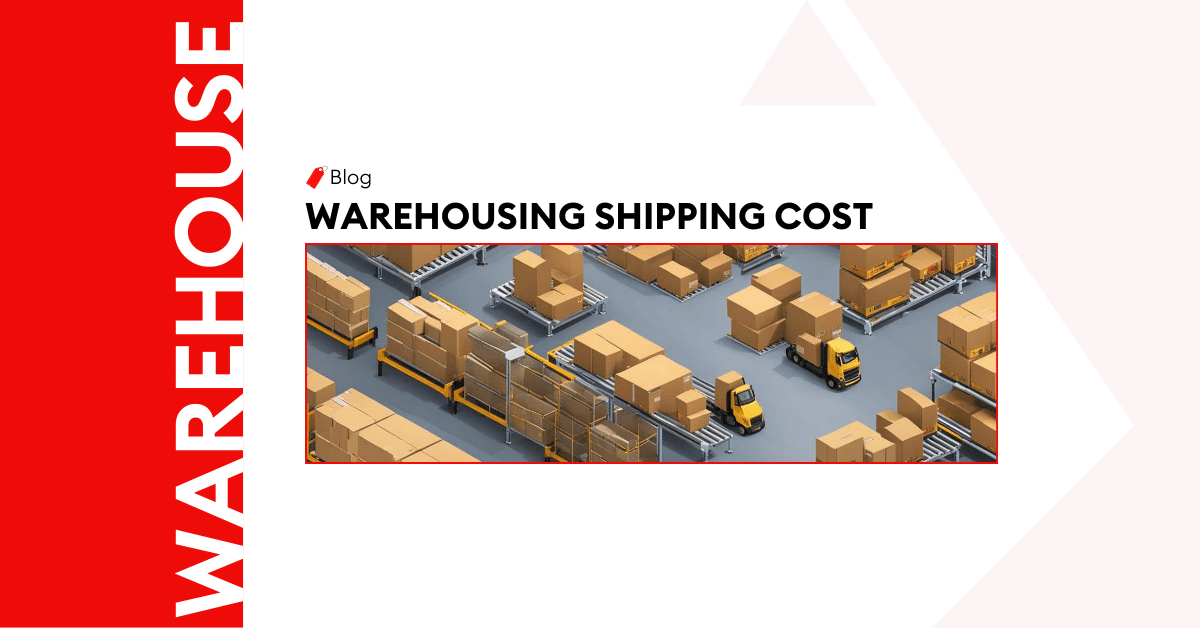
Optimize Warehousing, Fulfillment and Shipping Cost

In today’s fast-paced business environment, efficient distribution and shipping play a crucial role in driving success and enhancing customer satisfaction. Whether you are a small e-commerce startup or an established enterprise, understanding and managing the various elements of logistics costs can significantly impact your bottom line. In this blog, we will delve into the five key components that influence distribution logistics costs: warehousing costs of incoming goods, warehousing costs of storage, fulfillment costs, shipping costs, and the often-overlooked aspect of returns.
By exploring these essential factors and implementing strategic approaches, you can streamline your supply chain and uncover valuable information to reduce the cost of freight or your cost to serve customers. Let’s embark on this journey to unlock the secrets of optimizing your logistics costs and achieving operational excellence.
Distribution Logistics Costs
Distribution logistics costs can be categorized into 5 main components, including
Warehousing Costs of Incoming Goods
When products are sent to a fulfillment center or warehouse, the first cost is incurred during the incoming goods process. At this stage, the logistics provider charges the business for
- Quality and Quantity checking
- Storing the Received Products
The charges are influenced by the service level requested by the business, which can range from sample inspection to comprehensive counting and functionality tests. Opting for 100% checks and inspections increases logistics costs due to factors like additional time and worker training.
Two other factors impacting logistics charges are the number of Stock-Keeping-Units (SKUs) and the quantity of each product.
Cost of Warehousing Storage
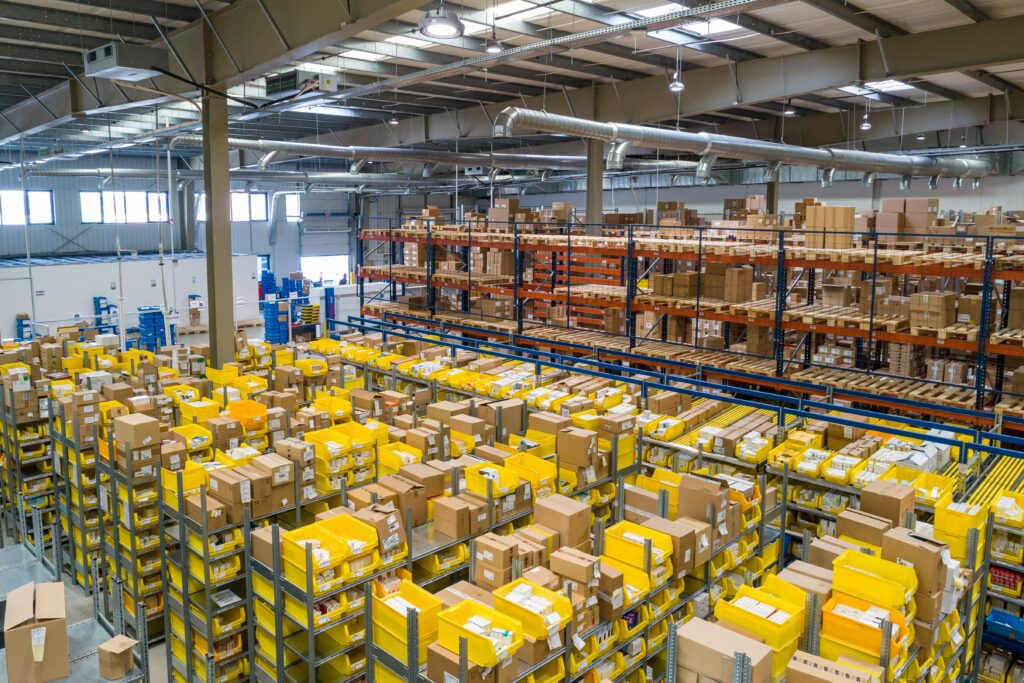
After the initial inspection, the products are stored in the warehouse. When working with a third-party logistics provider (3PL), businesses should negotiate the bill based on the occupied pallet space, rather than a general monthly usage fee.
The space occupied by each product varies with the shape and size of the product. By this law, the larger goods incur higher warehousing costs; and their invoice is usually on a weekly or monthly basis.
Other factors affecting the storage cost include the temperature control required. For instance, for products with cooling requirements, the merchants can expect higher warehousing costs in comparison to non-controlled temperature storage.
Cost of Fulfillment: Pick & Pack
The pick and pack service is a variable and essential part of the fulfillment invoice, dependent on the number of orders. This cost is influenced by the number of SKUs, product size, units per order, and level of customization required in packaging. Efficiency and productivity can be enhanced by introducing machinery automation. Customizable packing processes offered by 3PL companies might lead to higher fulfillment costs due to specialized packaging materials
Cost of Delivery: Shipping
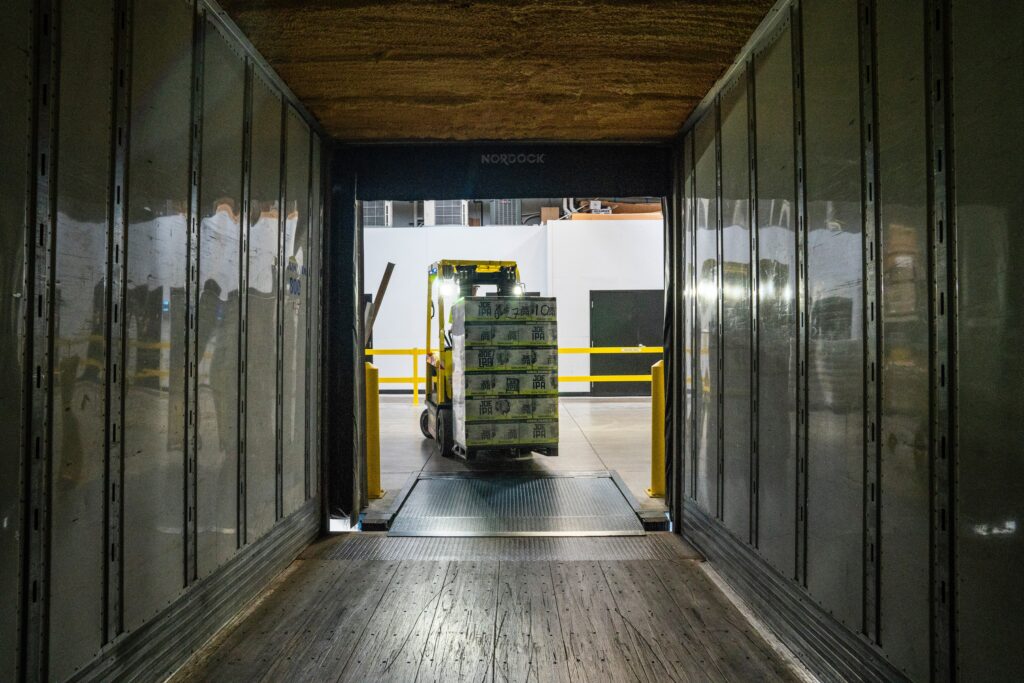
After fulfillment, packages are sent to shipping companies. The choice of Courier, Express, and Parcel (CEP) services, transport carriers, or freight forwarding companies determines the shipping cost, with varying prices based on transport and handling efforts. Business customers might benefit from different shipping costs depending on the number of shipments in a year.
Another way to get the best pricing is to select a 3PL service provider. They have special frameworks and client agreements with the shipping companies, so they can offer affordable 3PL freight rates.
Cost of Returns
In the case when the customers want to return their orders, many businesses allow them to return the product for free, which means the cost will be carried by the selling merchant. These rates highly vary with the industry and business.
The merchants should try to keep these costs to a minimum to reduce their environmental footprint. One of the best ways to reduce the risk of return is to ensure providing an accurate product description and images while selling the product.
The typical logistics costs for returns include;
Shipping Cost
In most cases, the merchants need to cover the cost of shipping for returns delivered back to the warehouse as many customers expect free returns now-a-days.
General Handling Costs of Return
The returns cost usually comprises of the operational processing cost of restocking the returned items. Besides this, inspection charges for damage are also a part of returns.
Additionally, the seller might also have to incur a loss when the product loses its value. This is because the returned product cannot be sold at the same price, and in some cases, they need to be disposed of due to damage during transportation.
Other Hidden Costs to Be Aware Of
Working with a logistics provider can lead to hidden costs, such as manual data transfer via email, lack of transparency on stock levels, and manual tracking of service levels.
Get In Touch
Factors Affecting Storage Costs
Inventory Levels and Turnover Rate
Maintaining the right balance of inventory is essential. Overstocking ties up capital and incurs storage costs, while understocking leads to missed sales opportunities. Calculating and managing inventory turnover helps reduce storage costs by ensuring items don’t sit idle for extended periods.
Storage Space and Layout
The physical layout of your warehouse plays a vital role in storage costs. Efficiently utilizing vertical space with pallet racking systems, organizing products for easy access, and minimizing unnecessary pathways can increase storage capacity without expanding the facility.
Seasonal Demand and Forecasting
Understanding your product’s seasonal demand patterns allows you to plan for peak storage needs. Accurate demand forecasting helps you adjust inventory levels, accordingly, preventing unnecessary storage expenses during off-peak times.
Order Fulfillment Efficiency
Streamlining order picking and packing processes reduces labor costs and minimizes storage requirements. Adopting technologies like barcode scanning and automation can significantly improve efficiency, resulting in faster order turnaround times.
Just-in-Time (JIT) Inventory
Implementing JIT inventory practices can help minimize storage costs by receiving and storing goods just in time for production or shipment. This approach reduces the need for large on-site inventories, leading to lower warehousing expenses.
SKU Rationalization
Regularly review your product offerings and eliminate slow-moving or obsolete items. Reducing the number of SKUs can simplify storage management and free up space for products with higher turnover rates.
Transportation Costs
Consider the location of your warehouse in relation to suppliers and customers. Proximity to suppliers can reduce shipping costs, while strategically locating warehouses closer to your target market can cut down on last-mile delivery expenses.
Packaging Optimization
Efficient packaging not only protects products during transit but also minimizes waste space in storage and shipping. Using standardized packaging sizes and materials can help optimize storage space and reduce shipping costs.
Technology and Automation
Investing in warehouse management systems (WMS) and automation tools can enhance inventory visibility, streamline processes, and reduce the chances of errors, ultimately leading to cost savings.
Outsourcing Fulfillment
For businesses with fluctuating order volumes, outsourcing fulfillment to third-party logistics (3PL) providers can offer cost-effective solutions. 3PLs often have established networks and resources, enabling efficient storage and shipping without the need for significant upfront investments.
How To Choose the Best Logistics Provider?
Merchants should seek logistics providers whose product focus aligns with their operational needs, rather than opting for one-size-fits-all packages. When comparing offers, businesses should request fulfillment prices for their typical order volume from each provider. It is essential to consider hidden manual efforts and IT competencies that logistics providers might encounter to avoid unexpected additional costs. Additionally, choosing a 3PL service provider with operational logistics excellence and pre-integrated IT setups can help solve IT complexities and streamline systems.
Minimize Your Logistics Costs with Al Sharqi Shipping
As we conclude our exploration of ways to reduce freight costs, one thing becomes abundantly clear: Al Sharqi Shipping is the strategic partner you need to achieve unparalleled cost efficiency in your supply chain. By leveraging our extensive expertise, comprehensive warehousing solutions, and strategic shipping partnerships, you can streamline your operations while saving significant expenses.
Al Sharqi Shipping’s strategic partnerships with reputable shipping companies and carriers open the doors to competitive shipping rates. By analyzing your shipping needs and order volume, they recommend the most suitable shipping options, making sure you benefit from freight forwarding solutions.
Choosing Al Sharqi Shipping as your logistics partner goes beyond just cost savings. Their focus on operational excellence, IT competencies, and pre-integrated setups ensures a seamless and transparent experience, eliminating hidden costs and unexpected challenges.

Meet Our Expert
Get answers to our most commonly asked questions by visiting the Plivo support page, reading our documentation, and checking our pricing and coverage pages.tex
Related Articles
Optimize Warehousing, Fulfillment and Shipping Cost
In today’s fast-paced business environment, efficient distribution and shipping play a crucial
Frozen and Chilled Storage Warehouse in Dubai
Dubai’s hot climate means efficient storage is a prominent concern for manufacturers and selle
Keeping Your Food Safe with Food Grade Warehouse in Dubai
Currently, the United Arab Emirates (UAE) relies on other countries for the bulk of its food supplie




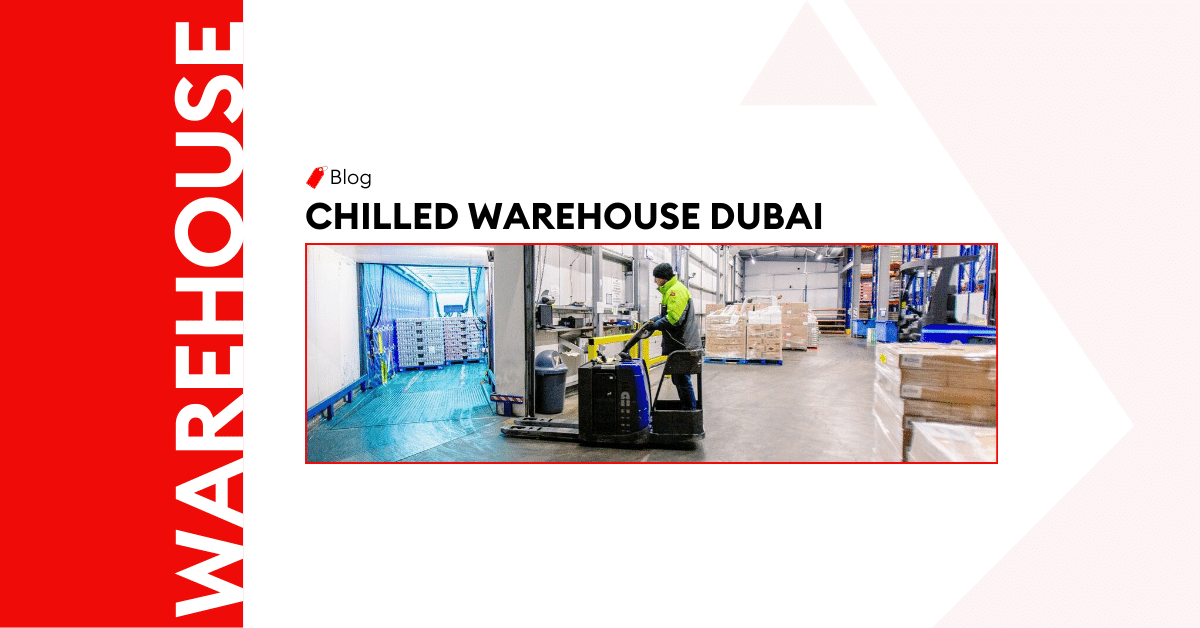
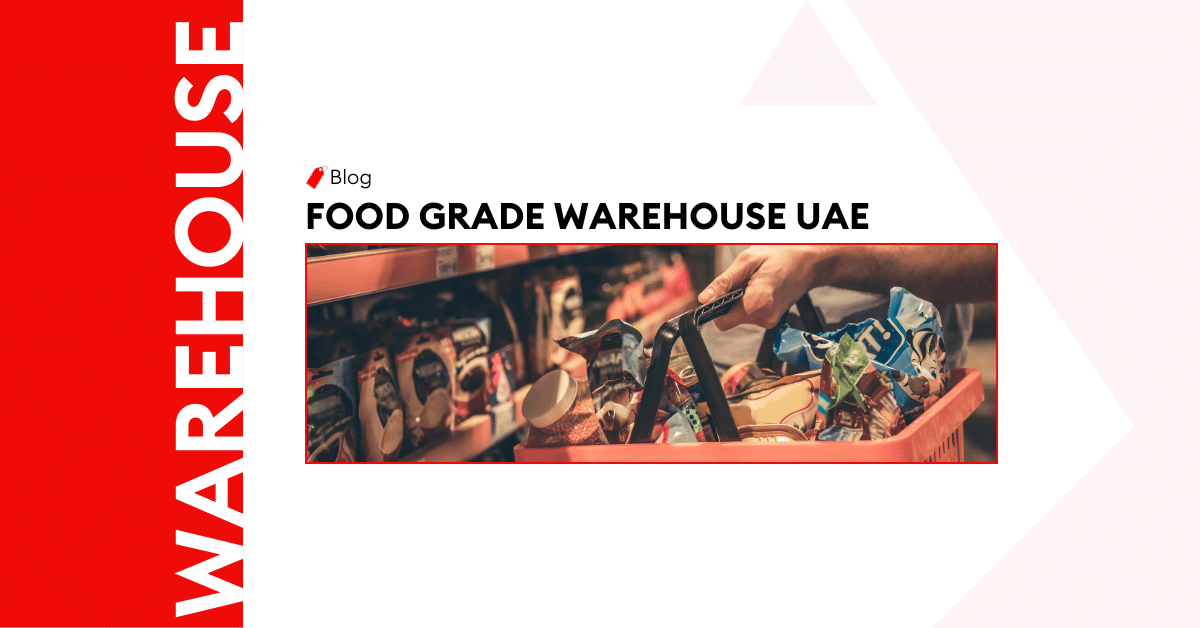
Post a comment
You must be logged in to post a comment.